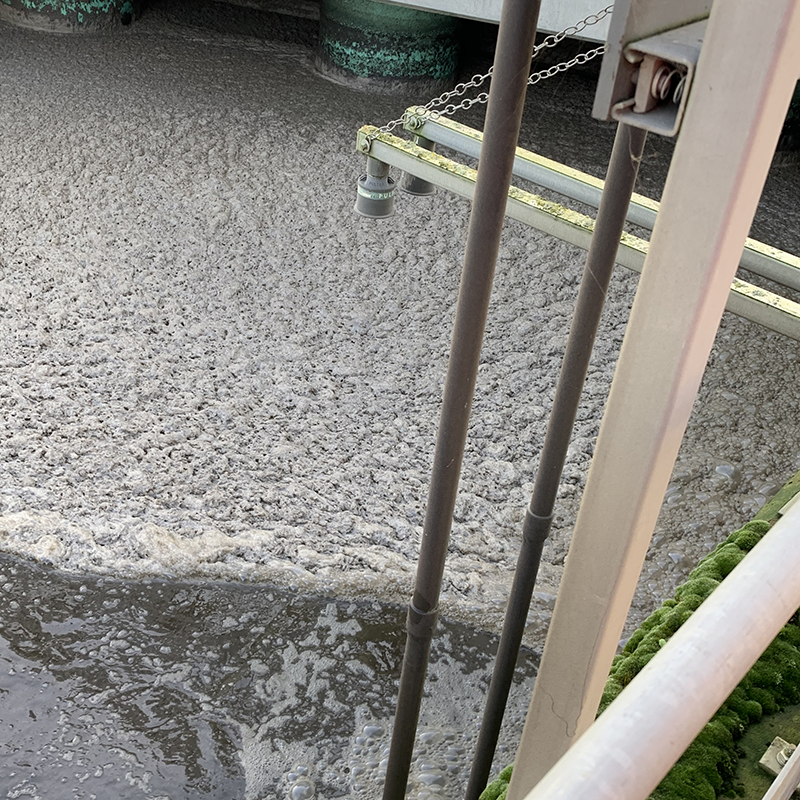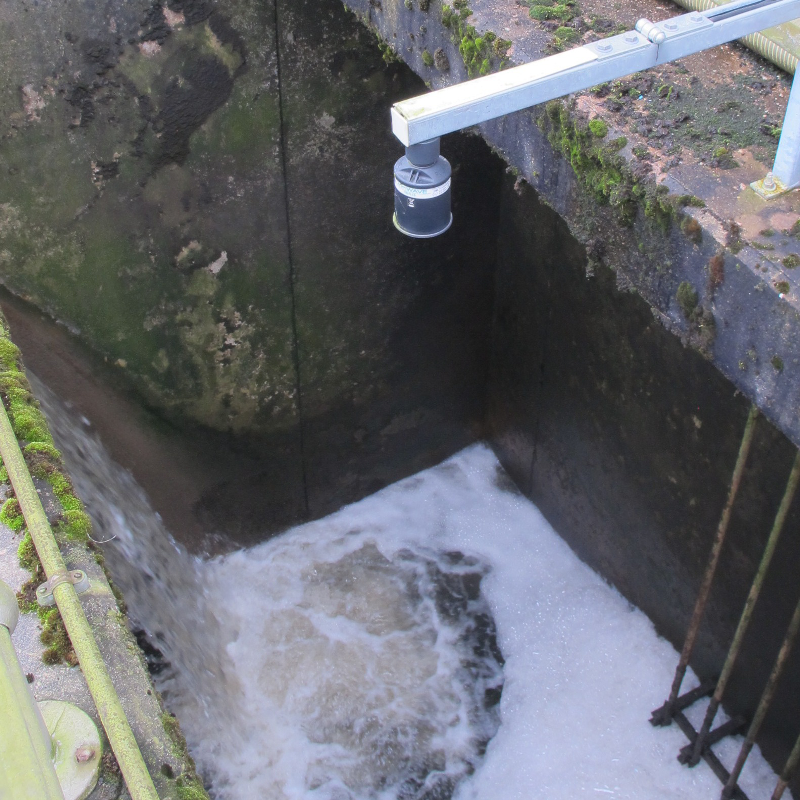
Radar and Ultrasonic Measurement in the Wastewater Network.
Level measurement in the wastewater network is a crucial part of the global wastewater industry. Traditionally used to monitor sump level, tank level, stormwater overflows, open waterways, and many more. Usually, these technologies range from non-contacting, ultrasonic technology, to hydrostatic pressure to more recently non-contacting radar technology.
Previously, radar technology had the reputation of being a lot more expensive than ultrasonic technology which was never really justified in its performance. In recent years, radar technology has had a lot of investment, usually only used for certain applications – it is now used more widely throughout the wastewater network.
Ultrasonic Technology with DATEM Analysis
Ultrasonic level measurement methods have traditionally prevailed, due to their relatively low cost and the non-contacting nature of ultrasonic level measurement. This has meant that they are not subject to wear and tear from contacting the substance being measured, unlike hydrostatic pressure measurement.
The advancement in ultrasonic technology means that there are not many applications where this technology will not work. Thanks to proprietary software, Digital Adaptive Tracking of Echo Movement (DATEM Analysis), ultrasonic transducers are now able to focus on the ‘true’ echo profile, ignoring any competing noise from cluttered or crowded wet wells, foam interference, or atmospheric conditions.
One myth of the wastewater network seems to be that if you have a foamy surface, then you need a radar level sensor. “”WRONG””

Neither technology can see through the foam to the true surface. Traditionally with ultrasonic sensors, the sound waves that are shot down towards the measurement substance were absorbed by the foam – reducing the magnitude of the echo reflected to the sensor. However, unique, and proprietary software combats this issue head-on. Built-in DATEM analysis helps the ultrasonic transducer to zone in and focus on the true echo, giving you accurate and reliable foam level readings.

Radar Technology
Radar technology emits microwaves towards the measurement substance, foamy surfaces cause these waves to be scattered – equally reducing the magnitude of echo returned to the sensor.
Foamy applications are seen widely throughout the wastewater network, including wet wells, aeration tanks, and some settlement tanks. Water companies across the globe now have a choice of technology to choose from to measure these applications with both technologies producing similar results.
A specific application where radar would be preferred over ultrasonic would be the storage of chemicals. Chemicals are widely used throughout the global wastewater network for sewerage, or water treatment and cleaning processes. These chemicals are usually likely to emit fumes or vapors that influence ultrasonic soundwaves. This application is where radar could provide the answer as it is able to see through plastic tanks. There is often no need to even come close to the measurement substance and its frequency modulated continuous wave is unaffected by fumes or vapors, which allows for accurate and reliable measurement, even on harsh chemicals.
To conclude, no matter what your application throughout the wastewater network, ultrasonic technology is likely to be able to cope with some of the harshest conditions – thanks to unique DATEM Analysis. The most important factor to any wastewater or utility operator throughout the globe is choosing a control system that is compatible with both ultrasonic and radar technology. This way, when the conditions of your applications change, your control system has the scope and capability to change with you, without the capital costs of having a completely new system installed.

